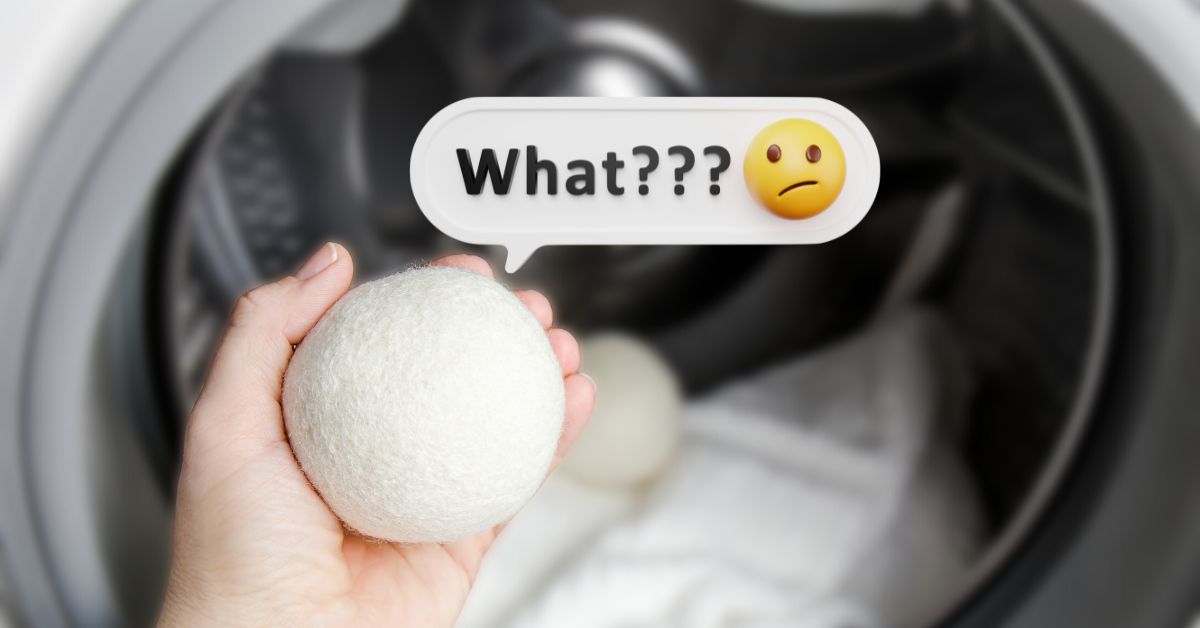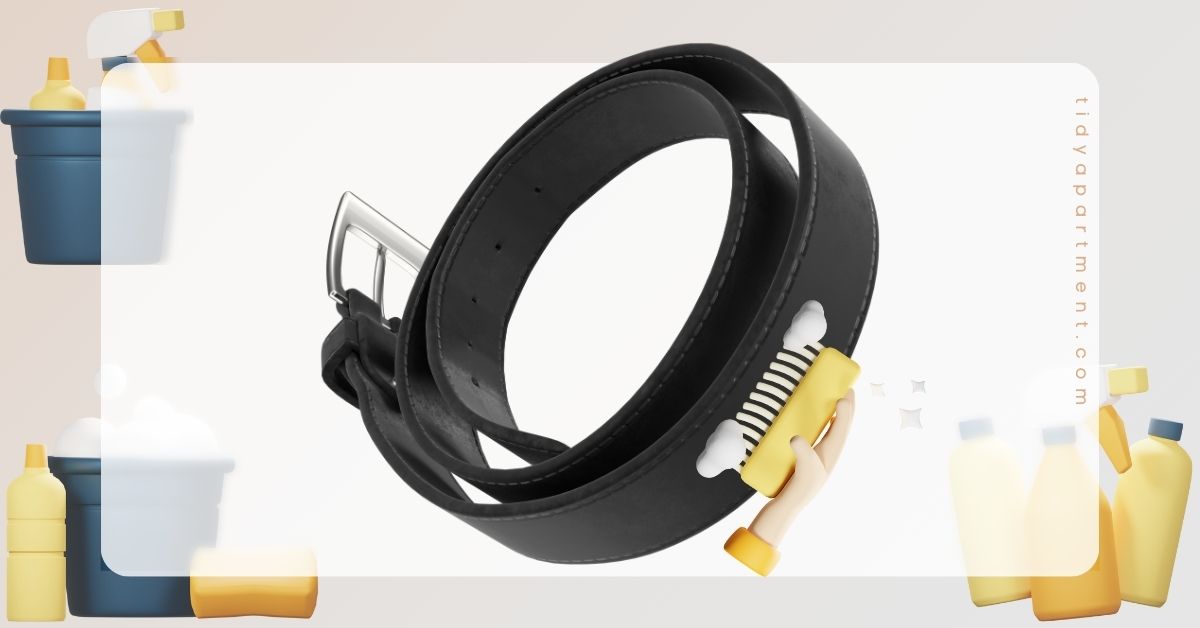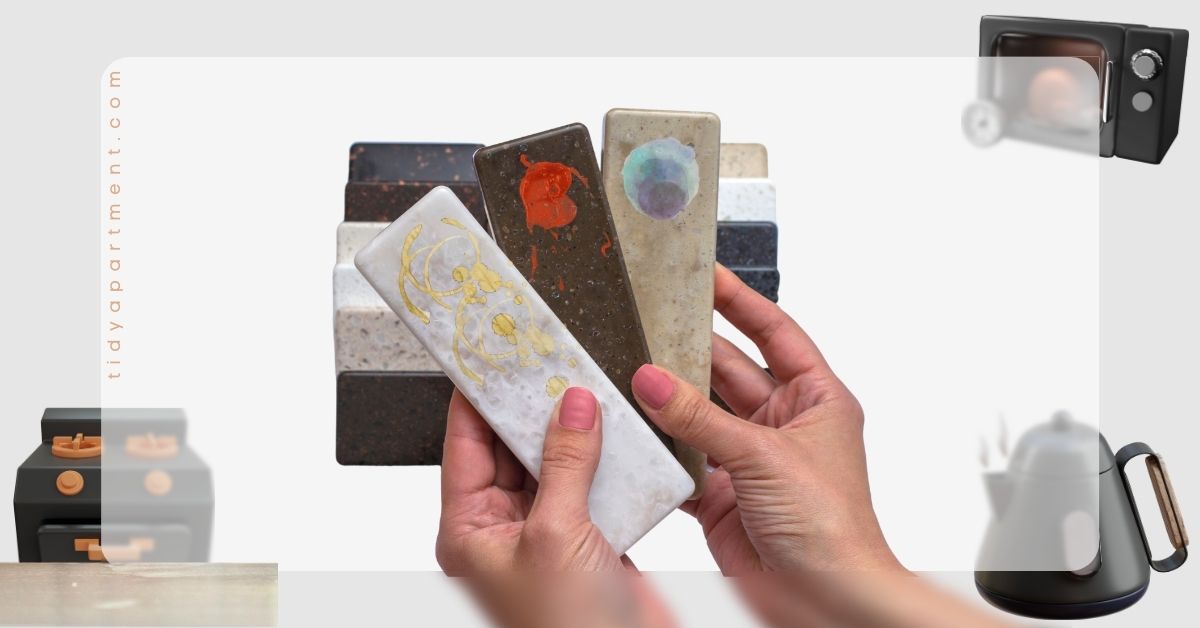Tossing all your clothes into the washing machine in one go may be tempting, but you’ll deal with faded colors or shrunken garments. Sorting laundry may seem like a mundane chore, but it’s crucial to increase the life of your clothes.
You’ll extend the lifespan of your favorite pieces by sorting items based on their color, fabric type, weight, level of soil and stains, and specific care requirements.
This laundry sorting guide will help you clean your clothes on laundry days.
Page Content
Do You Need to Separate Laundry?
Yes, separating laundry based on factors like color, fabric type, weight, level of soil, and stains will minimize the risk of damage or unwanted color transfer.
What Will You Need
Supply
- Pre-treatment
- Laundry detergent
Tools
- Laundry baskets with labels
- Washing machine
How to Separate Laundry?
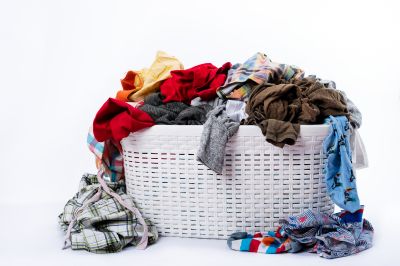
Step 1: Check the Care Label
Some clothes require special treatment while washing, and some are dry-clean-only clothes. Some garments may need specific water temperatures to clean them properly.
Delicate lingerie, wool sweaters, or items with embellishments like sequins or beading may need to be washed separately or placed in a mesh laundry bag to protect them from damage.
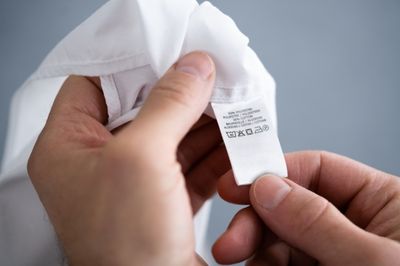
Step 2: Sort by Temperature
Different fabrics have different heat tolerance and different effect on stains. To maintain the integrity of the fabric, it’s essential to wash them at appropriate temperatures.
Hot water can effectively remove oil-based stains, grease, and heavy soils, while cold water suits delicate fabrics and color retention.
Hot water can cause shrinkage, color fading, and damage certain fabrics, while cold water may not effectively remove dirt and stains from heavily soiled items.
Washing multiple loads at different temperatures also helps reduce energy consumption since you won’t have to heat water to higher temperatures for every load.
Related: Can colors bleed in cold water?

Step 3: Sort by Colors
It has been taught from generation to wash dark and white clothes separately. By washing white and dark clothes separately, you can prevent color bleeding, maintain the whiteness of white garments, preserve the color integrity of dark clothes, and ensure that each fabric type receives appropriate care.
If you want to be extra cautious, you can also separate clothes by shades:
- Dark: Wash darker colors like blacks, deep blues, and grays together. You can also wash colored clothes like red, purple, and tie-dye clothes in this batch.
- White: Whites are prone to picking up dye from other garments, so keeping them separate is crucial to prevent discoloration.
- Bright: Any bright-colored clothes like yellow, pink, light blue, and light red can be washed together.
- Light: Colors like pale white, pale yellow, or whites with embroidery comes under light shade.
Related: Can you mix colors in the dryer?

Step 4: Sort by Fabric Type
Some fabrics require special treatment. Washing them with heavy fabrics like jeans can permanently damage them. We recommend washing lightweight clothes and heavy clothes separately. You save drying time, as heavy fabrics require longer drying time.
If you’re, how should you separate clothes by the fabric weight, follow:
- Cotton: t-shirt, shirts, shorts, leggings, and anything with more than 50% cotton blend.
- Jeans: Jeans, jackets, jackets, pants, and all heavy clothes.
- Delicate: pantyhose, lingerie, polyester, polyester blends, knits, or any fabrics that require gentle cleaning.
- Towels: Hand towels, towels, and washcloths.
- Sheets: Comforters, sheets, mattress protectors, pillowcases, blankets, and throws.

Step 5: Sort by Soil and Stains
Start sorting out heavily soiled or stained clothes—Group heavily soiled items together, such as clothes worn during outdoor activities, gardening, or workouts. After sorting, pretreat the stain with stain remover or mild detergent.
Stains like oil, wax, vaseline, and nail polish can be easily removed from clothes. Treating stains individually before washing increases the likelihood of successful stain removal. Do not dry clothes until the stain is completely removed; doing so can leave permanent stain marks on clothes.
If you mix soiled or stained clothes with clean clothes, the dirt or stains can be transferred.
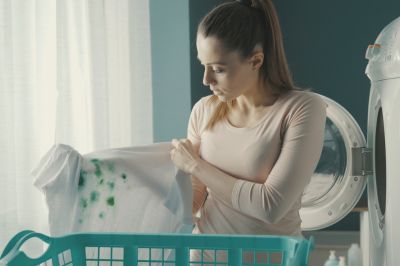
Step 6: Separate New Clothes
When it comes to new clothes, they always have the possibility of color bleeding. When clothes are new, the dyes used in their production may not be fully set or more prone to leaching out during the first few washes.
This can transfer color onto other garments, leading to unwanted staining or discoloration. Separating new clothes from the rest of the laundry minimizes the risk of color bleeding.
Separating new clothes allows you to wash them separately or with similar colors to prevent color bleeding onto other garments. This practice helps preserve the appearance and quality of new and existing clothes.
Once the new clothes have been washed a few times and the dyes have been appropriately set, the risk of color bleeding diminishes, and they can be washed with the rest of the laundry without concerns of staining or discoloration.
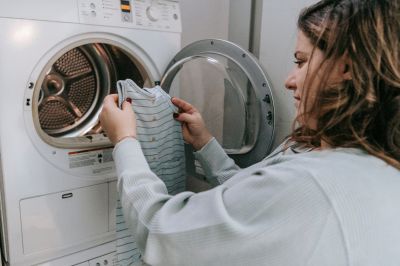
Tips for Sorting Laundry
- Label Laundry Bag: Label laundry bags allow you to separate and categorize clothes. The labeled sections or tags make it easy to identify the contents of each bag.
- Turn Clothes Inside Out: By turning clothes inside out, the outer surface, which is more prone to friction and abrasion during washing, is protected. This helps minimize pilling, fading, and general wear and tear, extending the garment’s lifespan.
- Zip Up and Fasten: Before washing, ensure zippers are zipped up, buttons are fastened, and hooks are secured. This prevents snagging and damage to the garments and the washing machine.
- Empty Pockets: Remove any items from pockets, such as tissues, coins, or keys, to prevent damage to the clothes or the washing machine.
- Consider Lint Production: Separate lint-producing items like towels or fuzzy materials from lint-sensitive fabrics like silk or dress shirts. This prevents lint transfer and keeps clothes looking clean.
- Optimize Load Size: Avoid overloading the washing machine to ensure proper water circulation and thorough cleaning. An optimal load size allows for effective detergent distribution and agitation.
- Follow Recommended Water Temperature: Different fabrics and stains may require specific water temperatures for optimal cleaning. Follow the recommended temperature guidelines on the care labels.
What Happens If You Don’t Separate Laundry?
If you don’t separate laundry, several undesirable consequences can occur:
- Color Bleeding: Mixing different colored garments without separating them can result in color bleeding. This can ruin the appearance of the affected clothes.
- Fabric Damage: Different fabrics have different care requirements, such as water temperature and agitation levels. If you don’t separate laundry by fabric type, delicate fabrics may be subjected to harsh treatment, causing damage, stretching, or pilling. This can reduce the longevity and quality of the garments.
- Lint Transfer: Mixing lint-producing items, such as towels or fuzzy materials, with lint-sensitive fabrics can result in lint transfer. Lint can adhere to clothing, making it appear dirty and reducing appeal.
- Ineffective Cleaning: Certain items, like heavily soiled or stained garments, may require specific treatment or pre-treatment. The cleaning process may be less effective if you don’t separate laundry based on soil level or stain type.
- Uneven Drying: Mixing fabrics with different drying requirements can result in uneven drying. Some garments may dry too quickly, while others may remain damp. This can lead to musty odors, mold growth, or wrinkling.
- Wrinkle Transfer: When garments of different textures or sizes are mixed, they can rub against each other, causing wrinkles. This can make ironing or steaming more challenging and time-consuming.
Conclusion
Separating laundry isn’t necessary; however, delicate fabrics, heavily soiled items, or garments prone to color bleeding may still benefit from separate washing to maintain quality and appearance.
We recommend separating laundry before washing or drying to be safer and keep your clothes looking and feeling good for a long time.
Related: Can you dry lights and darks together?

